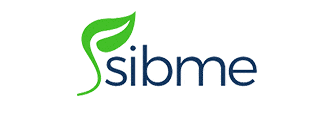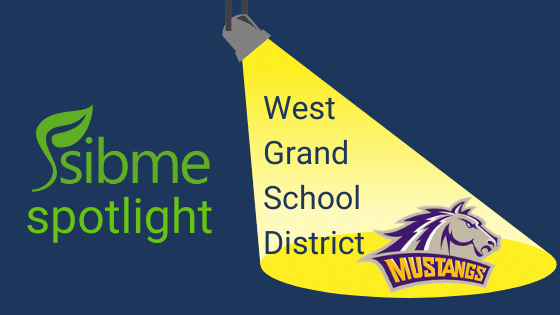Learning Restorative Practices at West Grand School District
Restorative practices are a high-leverage strategy to help teachers and schools maximize equity in their classrooms. Of course, they’re also something new to learn. Many schools and districts hire experts to come in and train their staff on restorative practices, but they rarely take time to make sure they’re being implemented with fidelity in the classroom. With that problem in mind, Laura Gore, Instructional Coach in West Grand School District (CO) set out with a coach’s mindset to help her teachers develop a reflective approach to restorative practices. Here’s Laura’s story on how she successfully leveraged Sibme to help teachers become effective at implementing restorative practices.
I started a book study with our district staff K-12, which amounted to 45 teachers. The book we read is called Hacking School Discipline: 9 Ways to Create a Culture of Empathy and Responsibility Using Restorative Justice by Brad Weinstein and Nathan Maynard. The book gives practical restorative strategies that teachers can implement in their classrooms immediately.
After struggling some with onboarding teachers to Sibme, my Sibme coach, Cory Camp (Sibme’s Director of Virtual Learning), helped me think through how we could onboard teachers through the book study by asking them to video themselves implementing a restorative practice from the book. I used one of my book study meetings to introduce Sibme to teachers who had not yet logged into their accounts. I provided some choice and ideas as to what teachers could record. At the following book study meeting, I handed out a reflection guide and asked teachers to watch their video and use the reflection guide to think about their conversations and body language from their video. I am attaching that reflection guide to this email as well. Then I also asked teachers to record a video reflection in Sibme instead of just writing a journal reflection.
Click here to download the reflective guideI will have to admit, there was definitely some resistance, but I think teachers eventually felt OK about digging in because I gave them the option of sharing or not sharing their videos. I could easily check in user analytics for accountability purposes, but since my whole goal was to get them in the app, I really didn’t care whether or not I saw everyone’s video. In the long run, about half of the teachers did share with me and asked for feedback. This assignment was successful in getting teachers on the platform. I also had unconditional support from the admin team. They participated in the book study and did the assignments right along with their teachers. I do believe admin support helped with teacher buy in.
If I could choose something I might have done differently after reflecting, it would be to do a model video beforehand putting myself out there to show that it’s OK to be vulnerable. Since the book study assignment, I have made plenty of videos and shared them with staff, but doing that beforehand may have helped ease some teacher stress.
Overall, onboarding teachers this way was super successful. They all log in and use the app weekly. My admin team does a lot of flipped staff meetings now and I’ve had a few teachers that have started their own huddles and done some peer observations in this way. We still have a long way to go as far as coaching feedback with conversation, but we are definitely learning and growing this year!
Click here to download the reflective guide

